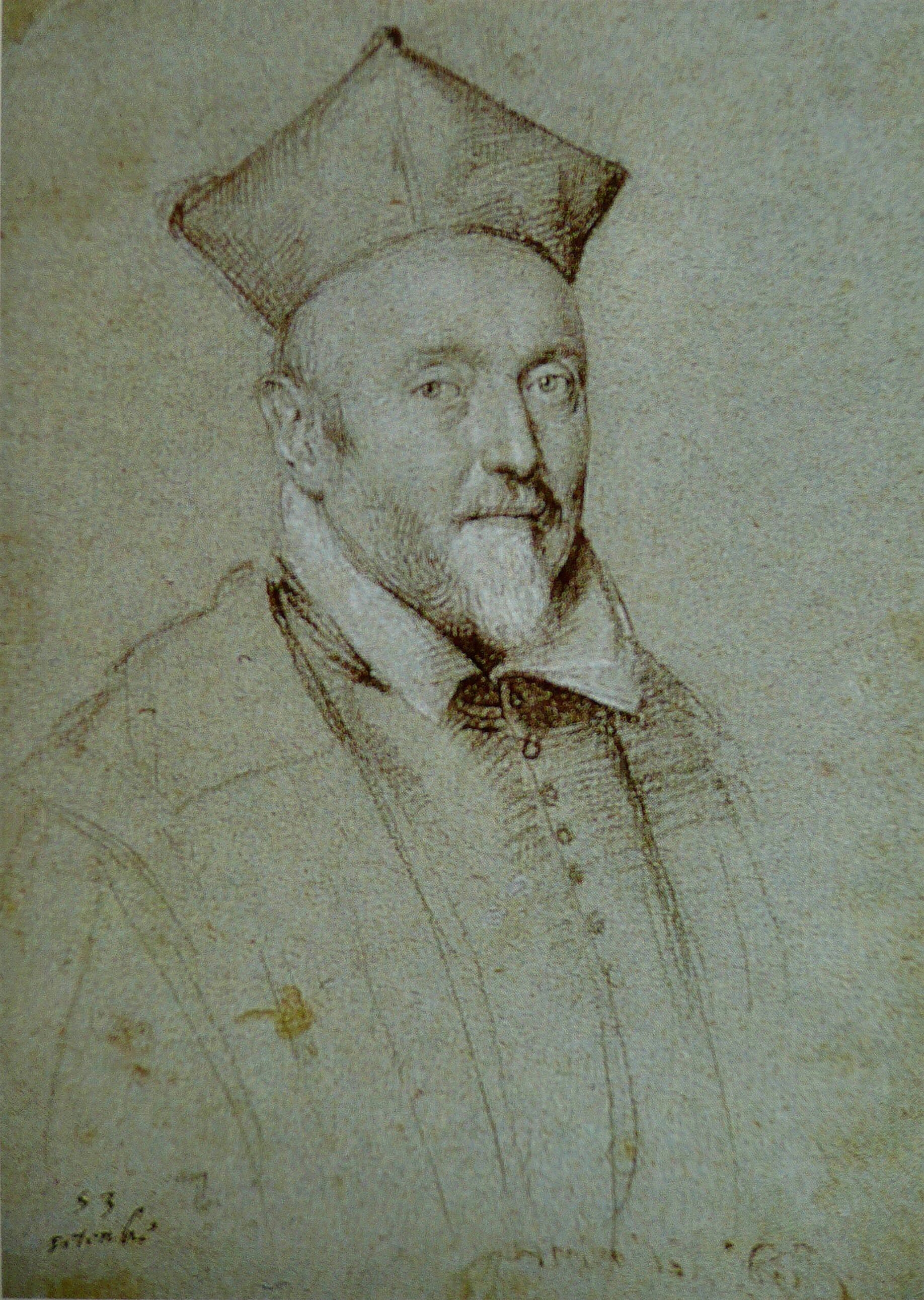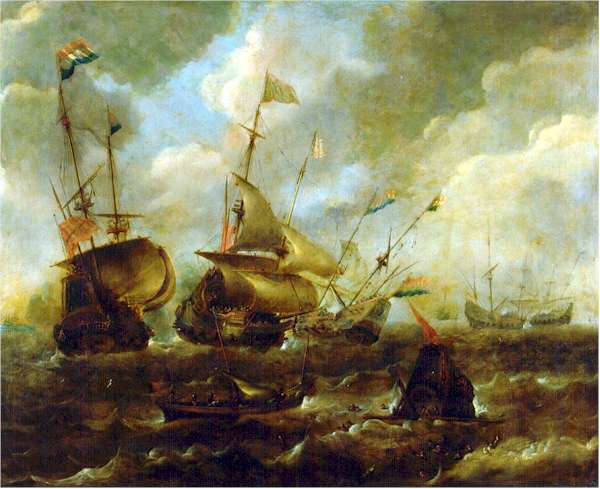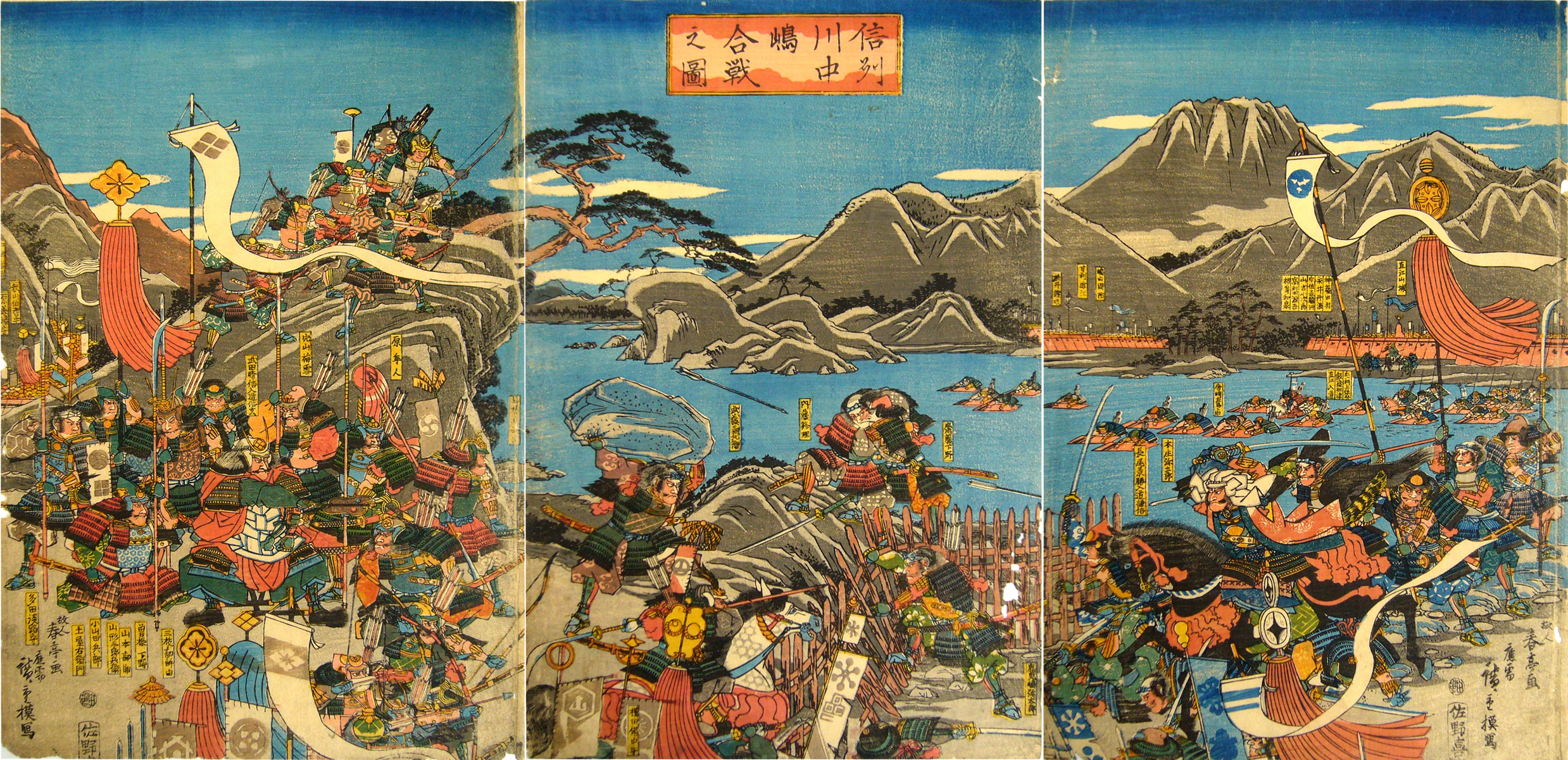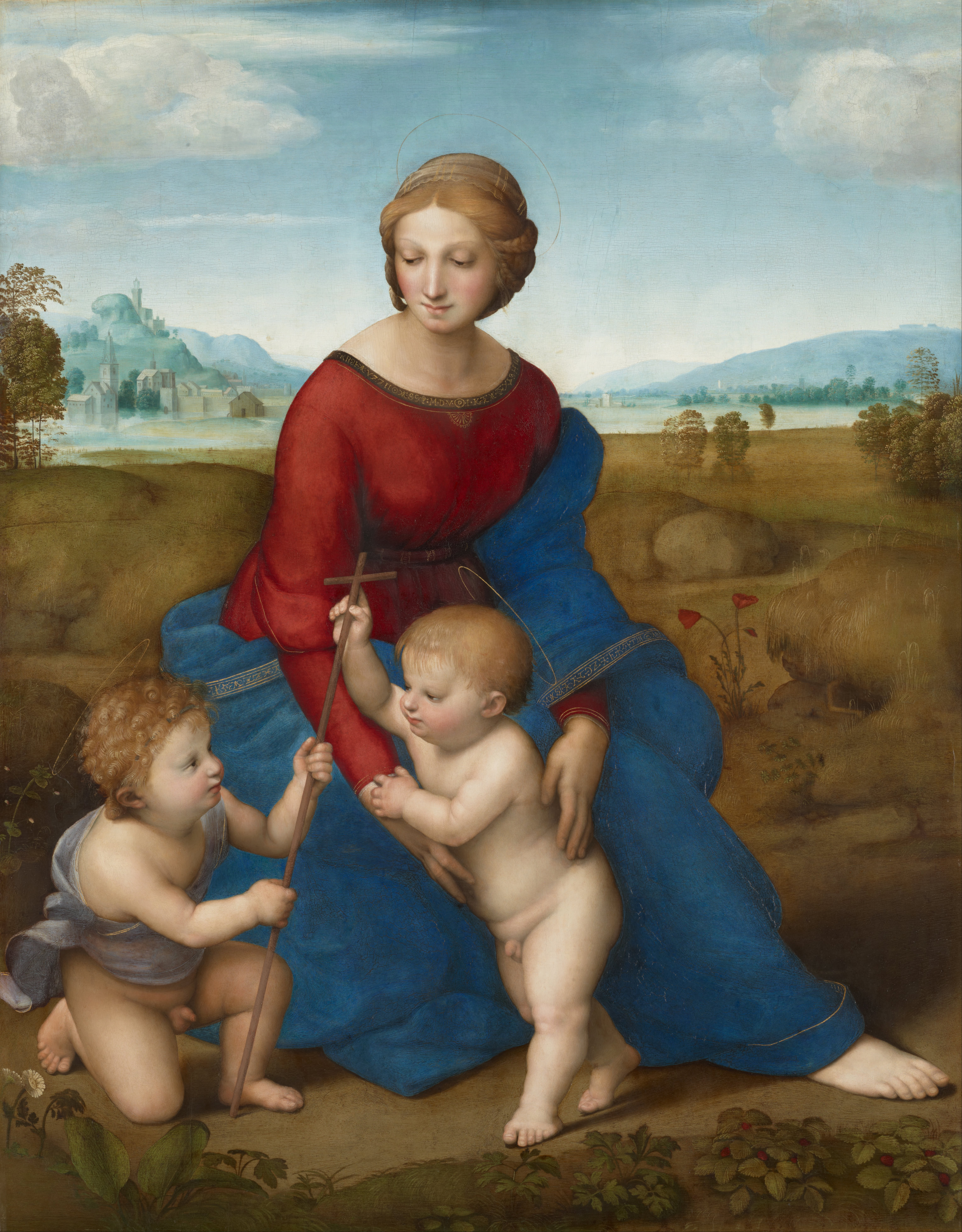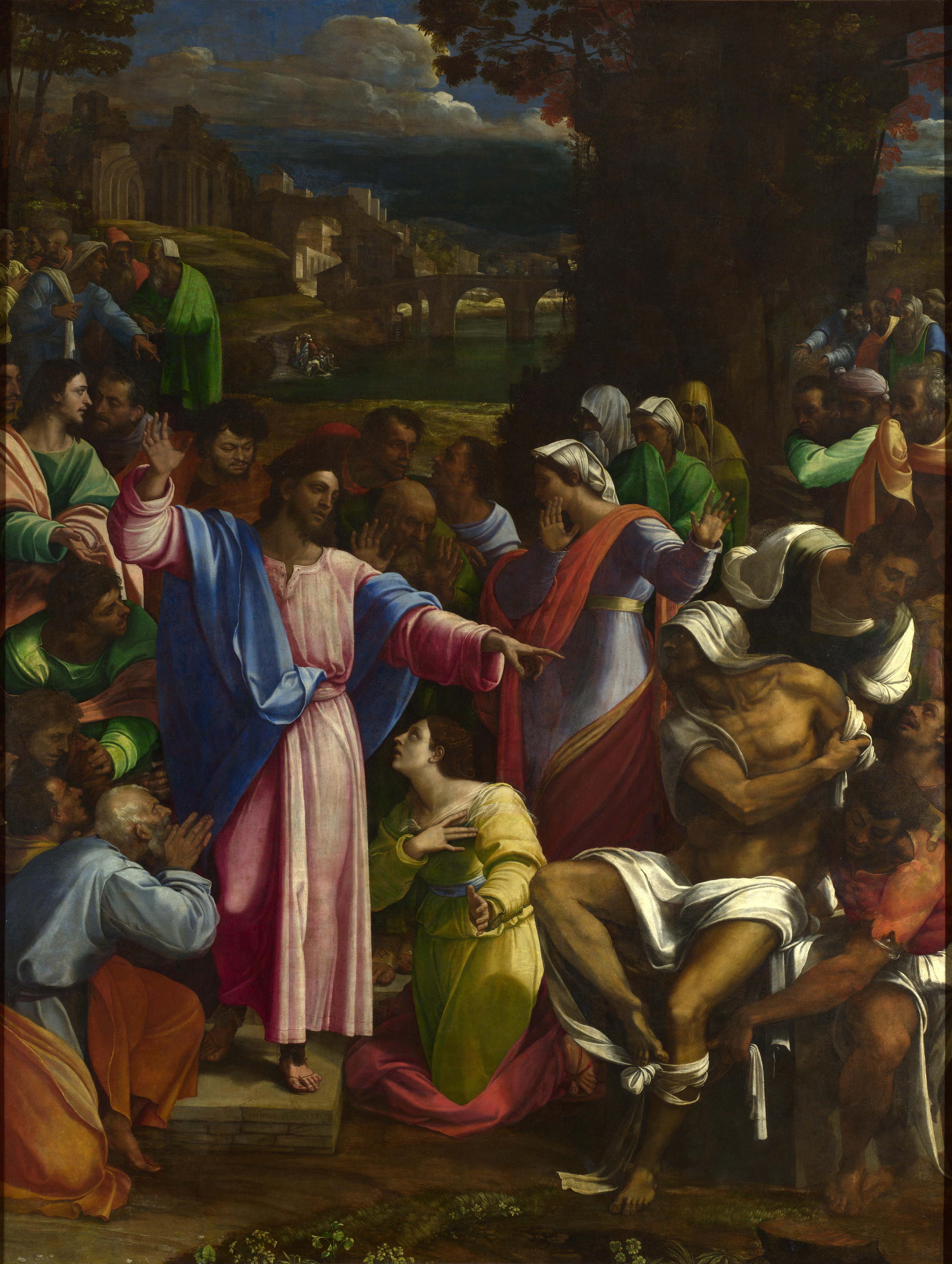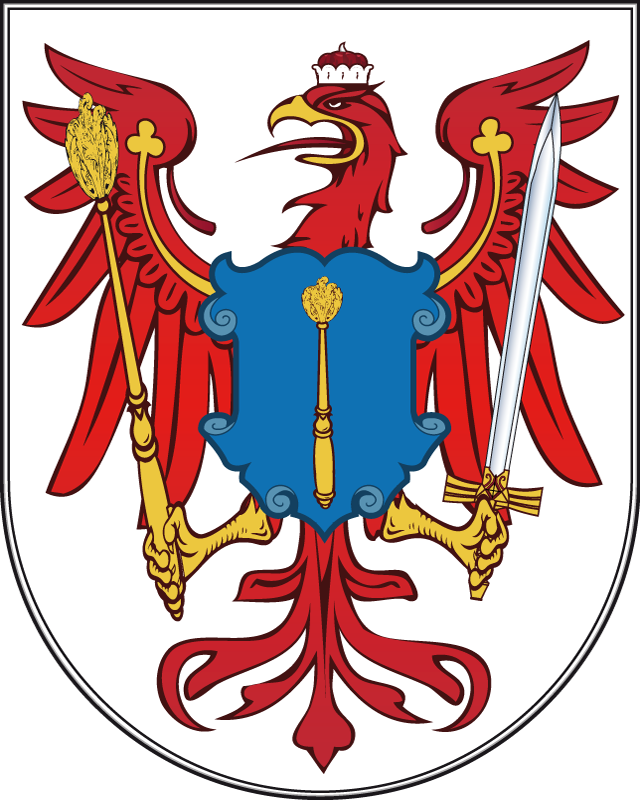|
Vincenzo Giustiniani
Marchese Vincenzo Giustiniani (13 September 1564 – 27 December 1637) was an aristocratic Italian banker, art collector and intellectual of the late 16th and early 17th centuries, known today largely for the Giustiniani art collection, assembled at the Palazzo Giustiniani, near the Pantheon, in Rome, and at the family palazzo at Bassano by Vincenzo and his brother, Cardinal Benedetto, and for his patronage of the artist Caravaggio. Biography Vincenzo's father, Giuseppe Giustiniani, had been the last Genoese ruler of the Aegean island of Chios, which had been a family possession for centuries. In 1566 the island was lost to the Ottomans. On April 14, 1566 an Ottoman fleet under Piali Pasha arrive at the port of Chios and occupied it. The island was pillaged; churches destroyed or converted to mosques. Some members of the family were taken captive and transported to Constantinople. About twenty younger Giustinianis were drafted as janissaries. Three accepted their fate; the othe ... [...More Info...] [...Related Items...] OR: [Wikipedia] [Google] [Baidu] |
Nicolas Régnier
Nicolas Régnier (1591–1667), known in Italy as Niccolò Renieri, was a painter, art dealer and art collector from the County of Hainaut, a French-speaking part of the Spanish Netherlands. He is often referred to as a Flemish artist because this term was often used to designate people from the Spanish Netherlands. After training in Antwerp, he was active in Italy where he was part of the international Caravaggesque movement. His subjects include genre scenes with card players, fortune tellers, soldiers and concerts, religious scenes, saints, mythological and allegorical scenes, and portraits. He also painted a few scenes with carnivals. Life Régnier was born in Maubeuge. It was previously believed that his birth date was 6 December 1591. Review of his baptismal records has led to the conclusion that he may have been born at least a year earlier. He apprenticed in Antwerp with Abraham Janssens, a Flemish painter who had studied in Rome at the time of Caravaggio and was one ... [...More Info...] [...Related Items...] OR: [Wikipedia] [Google] [Baidu] |
Francesco Maria Del Monte
Francesco Maria del Monte, full name Francesco Maria Bourbon del Monte Santa Maria, (5 July 1549 – 27 August 1627) was an Italian Cardinal, diplomat, and connoisseur of the arts. His fame today rests on his early patronage of the important Baroque master Caravaggio, and on his art collection (the del Monte collection) which provides provenance for many important works of the period. Career Born in Venice of the aristocratic del Monte family of Tuscan origin (which provided several cardinals to the Church), he was the son of Marquis Ranieri Bourbon del Monte, first Count of Monte Baroccio, and Minerva Pianosa. He began his ecclesiastical career as Abbot commendatario of Santa Croce a Monte Fabali. He then went to Rome when he was still quite young, and was appointed as auditor for Cardinal Alessandro Sforza, before being finally admitted into the court of Cardinal Ferdinando de' Medici. He made his way up through the clerical ranks as Referendary of the Tribunals of the Apo ... [...More Info...] [...Related Items...] OR: [Wikipedia] [Google] [Baidu] |
1637 Deaths
Events January–March * January 5 – Pierre Corneille's tragicomedy '' Le Cid'' is first performed, in Paris, France. * January 16 – The siege of Nagpur ends in what is now the Maharashtra state of India, as Kok Shah, the King of Deogarh, surrenders his kingdom to the Mughal Empire. * January 23 – John Maurice, Prince of Nassau-Siegen arrives from the Netherlands to become the Governor of Dutch Brazil, and extends the range of the colony over the next six years. * January 28 – The Manchu armies of China complete their invasion of northern Korea with the surrender of King Injo of the Joseon Kingdom. * February 3 – Tulip mania collapses in the Dutch Republic. * February 15 – Ferdinand III becomes Holy Roman Emperor upon the death of his father, Ferdinand II, although his formal coronation does not take place until later in the year. * February 18 – Eighty Years' War – Battle off Lizard Point: Off the coast of C ... [...More Info...] [...Related Items...] OR: [Wikipedia] [Google] [Baidu] |
1564 Births
Year 1564 ( MDLXIV) was a leap year starting on Saturday (link will display the full calendar) of the Julian calendar. Events January–June * January 26 – Livonian War – Battle of Ula: A Lithuanian surprise attack results in a decisive defeat of the numerically superior Russian forces. * March 25 – Battle of Angol in Chile: Spanish Conquistador Lorenzo Bernal del Mercado defeats and kills the toqui Illangulién. * June 22 – French settlers abandon Charlesfort, the first French attempt at colonizing what is now the United States, and establish Fort Caroline in Florida. July–December * July – English merchant Anthony Jenkinson returns to London from his second expedition to the Grand Duchy of Moscow, having gained a considerable extension of trading rights for the English Muscovy Company. * September 4 – The Ronneby Bloodbath takes place in Ronneby, Denmark (now in Sweden). * September 10 – Battle of ... [...More Info...] [...Related Items...] OR: [Wikipedia] [Google] [Baidu] |
M (Peter Robb Book)
''M'' is a book by Australian author Peter Robb about the Italian painter Michelangelo Merisi da Caravaggio. First published in 1998 in Australia by Duffy & Snellgrove, the book provoked controversy when it was published in Britain in 2000. It was published in the United States as ''M: The Man Who Became Caravaggio'' (New York: Henry Holt Henry Holt may refer to: *Henry Holt (North Dakota politician) (1887–1944), lieutenant governor *Henry Holt (publisher) (1840–1926), American publisher and author **Henry Holt and Company, Holt's publishing company *Henry E. Holt (born 1929), ..., 2000). ''M'' won the (Australian) National Biography Award and the Victorian Premier's Award. References External links * {{cite book, first=Peter, last=Robb, authorlink=Peter Robb (author), title=M, year=1998, isbn=0-312 ... [...More Info...] [...Related Items...] OR: [Wikipedia] [Google] [Baidu] |
Kunsthistorisches Museum
The Kunsthistorisches Museum ( "Museum of Art History", often referred to as the "Museum of Fine Arts") is an art museum in Vienna, Austria. Housed in its festive palatial building on the Vienna Ring Road, it is crowned with an octagonal dome. The term ''Kunsthistorisches Museum'' applies to both the institution and the main building. It is the largest art museum in the country and one of the most important museums worldwide. Emperor Franz Joseph I of Austria-Hungary opened the facility around 1891 at the same time as the Natural History Museum, Vienna which has a similar design and is directly across Maria-Theresien-Platz. The two buildings were constructed between 1871 and 1891 according to plans by Gottfried Semper and Baron Karl von Hasenauer. The emperor commissioned the two Ringstraße museums to create a suitable home for the Habsburgs' formidable art collection and to make it accessible to the general public. The buildings are rectangular in shape, with symme ... [...More Info...] [...Related Items...] OR: [Wikipedia] [Google] [Baidu] |
Hermitage Museum
The State Hermitage Museum ( rus, Государственный Эрмитаж, r=Gosudarstvennyj Ermitaž, p=ɡəsʊˈdarstvʲɪn(ː)ɨj ɪrmʲɪˈtaʂ, links=no) is a museum of art and culture in Saint Petersburg, Russia. It is the largest art museum in the world by gallery space. It was founded in 1764 when Empress Catherine the Great acquired an impressive collection of paintings from the Berlin merchant Johann Ernst Gotzkowsky. The museum celebrates the anniversary of its founding each year on 7 December, Saint Catherine's Day. It has been open to the public since 1852. The '' Art Newspaper'' ranked the museum 6th in their list of the most visited art museums, with 1,649,443 visitors in 2021. Its collections, of which only a small part is on permanent display, comprise over three million items (the numismatic collection accounts for about one-third of them). The collections occupy a large complex of six historic buildings along Palace Embankment, including the Win ... [...More Info...] [...Related Items...] OR: [Wikipedia] [Google] [Baidu] |
National Gallery, London
The National Gallery is an art museum in Trafalgar Square in the City of Westminster, in Central London, England. Founded in 1824, it houses a collection of over 2,300 paintings dating from the mid-13th century to 1900. The current Director of the National Gallery is Gabriele Finaldi. The National Gallery is an exempt charity, and a non-departmental public body of the Department for Digital, Culture, Media and Sport. Its collection belongs to the government on behalf of the British public, and entry to the main collection is free of charge. Unlike comparable museums in continental Europe, the National Gallery was not formed by nationalising an existing royal or princely art collection. It came into being when the British government bought 38 paintings from the heirs of John Julius Angerstein in 1824. After that initial purchase, the Gallery was shaped mainly by its early directors, especially Charles Lock Eastlake, and by private donations, which now account for two-thi ... [...More Info...] [...Related Items...] OR: [Wikipedia] [Google] [Baidu] |
Sanssouci
Sanssouci () is a historical building in Potsdam, near Berlin. Built by Prussian King Frederick the Great as his summer palace, it is often counted among the German rivals of Versailles. While Sanssouci is in the more intimate Rococo style and is far smaller than its French Baroque counterpart, it, too, is notable for the numerous temples and follies in the surrounding park. The palace was designed and built by Georg Wenzeslaus von Knobelsdorff between 1745 and 1747 to meet Frederick's need for a private residence where he could escape the pomp and ceremony of the royal court. The palace's name is a French phrase (''sans souci'') that translates as "without concerns", meaning "without worries" or "carefree", emphasising that the palace was meant as a place of relaxation, rather than a seat of power. Sanssouci is little more than a large, single-story villa—more like the Château de Marly than Versailles. Containing just ten principal rooms, it was built on the brow of a t ... [...More Info...] [...Related Items...] OR: [Wikipedia] [Google] [Baidu] |
Neues Palais
The New Palace (german: Neues Palais) is a palace situated on the western side of the Sanssouci park in Potsdam, Germany. The building was begun in 1763, after the end of the Seven Years' War, under King ''Friedrich II'' (Frederick the Great) and was completed in 1769. It is considered to be the last great Prussian Baroque palace. History The building of the palace commenced at the end of the Seven Years' War, to celebrate Prussia's success. The war is also variably referred to as the ''Third Silesian War'', owing to the dispute over Silesia. In an architectural form, Frederick the Great sought to demonstrate the power and glories of Prussia attributing it as ''fanfaronade'', an excess of splendor in marble, stone and gilt. For the King, the New Palace was not a principal residence, but a display for the reception of important royals and dignitaries. Of the over 200 rooms, four principal gathering rooms and a theater were available for royal functions, balls and state occasion ... [...More Info...] [...Related Items...] OR: [Wikipedia] [Google] [Baidu] |
Berlin
Berlin is Capital of Germany, the capital and largest city of Germany, both by area and List of cities in Germany by population, by population. Its more than 3.85 million inhabitants make it the European Union's List of cities in the European Union by population within city limits, most populous city, as measured by population within city limits having gained this status after the United Kingdom's, and thus London's, Brexit, departure from the European Union. Simultaneously, the city is one of the states of Germany, and is the List of German states by area, third smallest state in the country in terms of area. Berlin is surrounded by the state of Brandenburg, and Brandenburg's capital Potsdam is nearby. The urban area of Berlin has a population of over 4.5 million and is therefore the most populous urban area in Germany. The Berlin/Brandenburg Metropolitan Region, Berlin-Brandenburg capital region has around 6.2 million inhabitants and is Germany's second-largest metropolitan reg ... [...More Info...] [...Related Items...] OR: [Wikipedia] [Google] [Baidu] |

